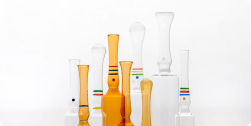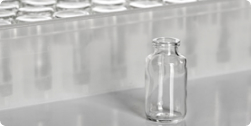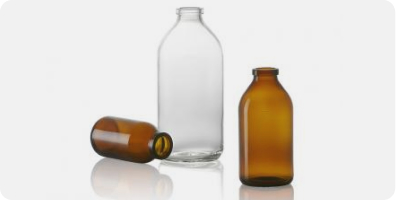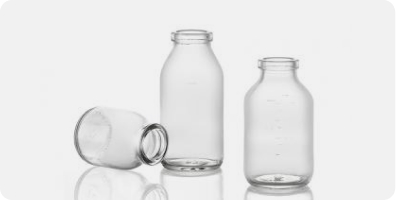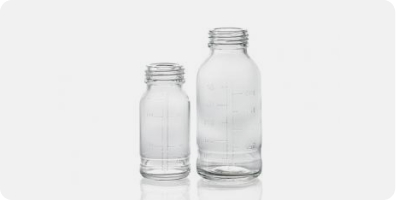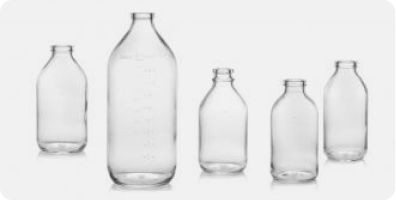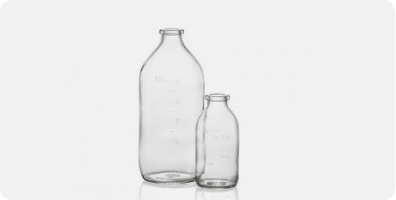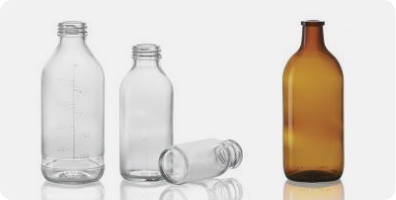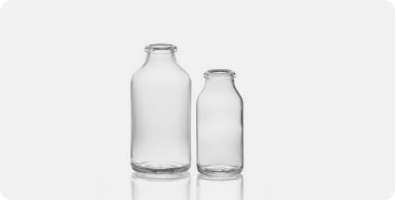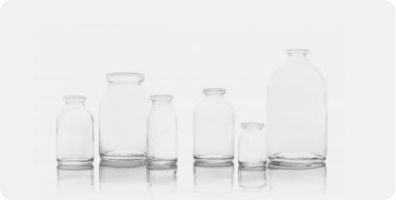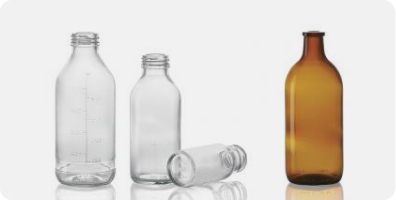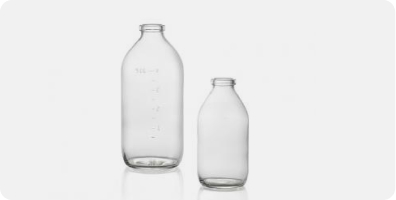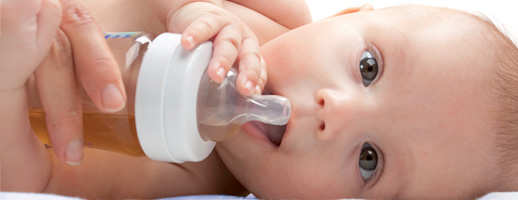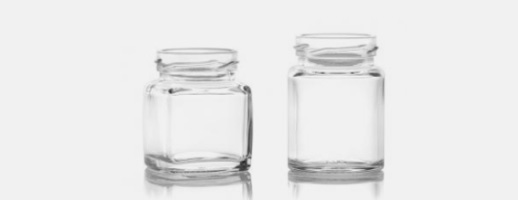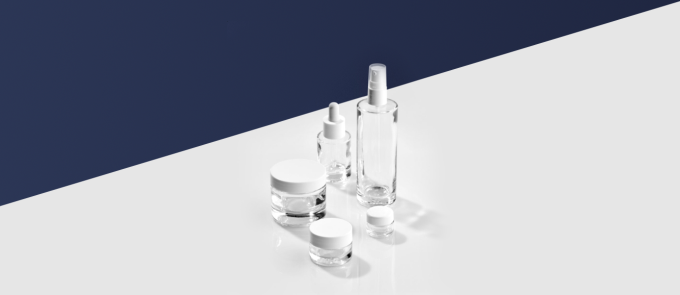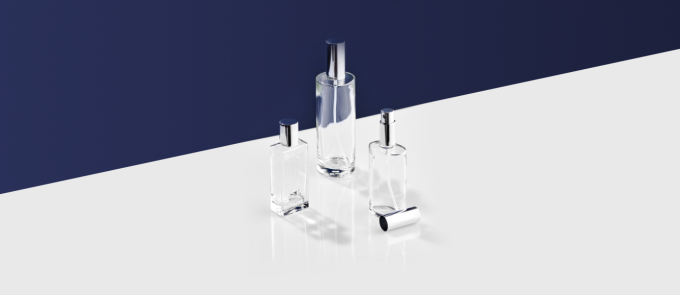Influence of Lyophilization Vials Design on Heat Transfer

Source: www.lyophilizationworld.com - 19/10/2020 - Influence of Lyophilization Vials Design on Heat Transfer
Primary drying is known as the most time consuming part of a freeze-drying cycle. With regard to increasing demands to process efficiency and product quality today, the focus is more strongly on the underlying principles of coupled heat and mass transfer, which must be considered from the early phase of development to scale-up.
The mass flow rate can be described as the ratio of the driving force to the cumulated resistances. Regarding heat transfer during primary drying, three mechanisms have been described in the literature:
Direct conduction from shelf to vial at points of direct contact
Conduction through the vapor in the gap between shelf and vial bottom
Heat transfer via radiation
The heat required for the sublimation of ice has to overcome multiple barriers until it reaches the sublimation interface. In case of vials, these barriers are as follows:
Transport through the shelf itself
The gas-filled
Gap between shelf surface and vial bottom (depending on chamber pressure)
The bottom of the container, commonly a vial
The frozen product.
Heat Transfer Characteristics of vials
When using vials, the major resistance to heat flow is given by the gas-filled gap between shelf surface and vial bottom as the vial bottom is not completely even and there is only poor thermal contact between vial bottom and shelf.
At given pressure and shelf temperature conditions, the container system imposes a decisive resistance to heat transfer. It is obvious that not only consideration of the critical formulation temperature but also information about the heat transfer characteristics of the vial is of vital importance to optimize the heat transfer from the shelf to the product in order to achieve the desired product temperature.
The heat transfer characteristics of a vial can be described by means of the vial heat transfer coefficient Kv, which is defined as the ratio of the area normalized heat flow to the temperature difference between heat source and heat sink. Knowledge about the heat transfer characteristics of the container system is crucial for optimization of freeze-drying cycles, freeze-drying simulations, and scale-up.
The use of tubing or molded vials traditionally depended on the fill volume. Molded vials were primarily
used for larger volumes because of better stability and reduced risk of vial breakage, whereas freeze-drying of small-volume parenterals was a domain of tubing vials owing to presumably better heat transfer.
The advantages and disadvantages of tubing and molded vials are attributed to the manufacturing process, which differs after the mixing and melting of the raw materials. To form molded vials, gobs of molten glass are delivered to a blank mold, wherein the finish and a parison are formed. The forming operation can be conducted by compressed air (blow–blow molding) or an inserted plunger (press–blow molding).
For the production of tubing vials, in a first step, glass tubes have to be drawn from the glass melt. One possibility is the Danner process, wherein the glass flows onto a hollow, rotating mandrel (Danner pipe). Inflating air controls a wide range of diameters and wall thicknesses with excellent precision and uniformity. Afterward, the glass tubes are converted into vials using heat and forming tools. In general, thin outer vial walls and bottoms as well as a low bottom curvature are characteristic for serum tubing vials.
Recognizing there was an intermediate design, which could be optimized for lyophilization, SGD Pharma developed the EasyLyo vial range. EasyLyo vials combine the strength and chemical durability of molded vials with the geometry and visual characteristics of thin-walled vials.
Technical studies of breakage rates and heat-transfer capability in lyo have shown favorable results for EasyLyo vials. They tested at five-to-ten times stronger than thin-walled vials with respect to side-load and vertical-load fractures. In lyo-breakage tests, using a worst-case formulation and cycle designed to break vials, EasyLyo vials performed better than both traditional thin-walled vials and standard molded vials, despite being 33% lighter than the standard molded vials! In heat-transfer studies, the flat base, squared-off shoulder and heel, and uniform sidewall thickness of the EasyLyo vials yielded performance results within 5% of the traditional thin-walled vials.
Click here to find out more technical information for EasyLyo

